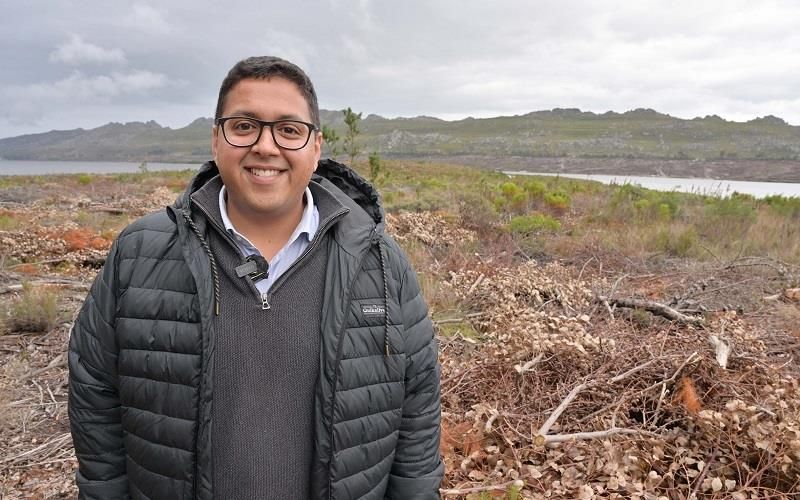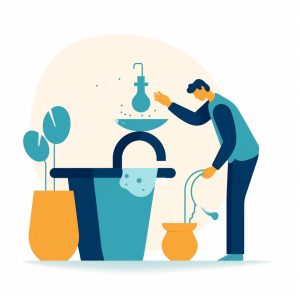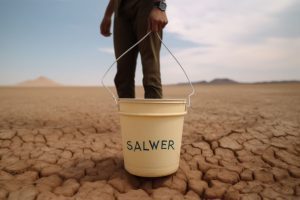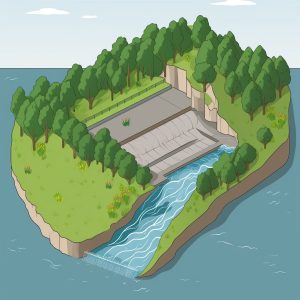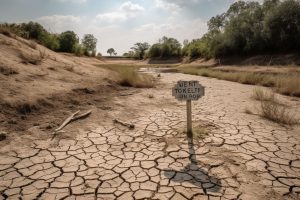Invasive alien plants, such as pines, gums, and wattles, are a significant threat to Cape Town’s water supply. Studies indicate that around 55 billion litres of water are lost annually due to these invasive species in the city’s dam catchments. To address this issue, the Greater Cape Town Water Fund was established, bringing together a diverse group of stakeholders to remove invasive alien plants from the city’s water catchment areas.
The Western Cape in South Africa is facing a slow refill of its dams despite recent rainfall, and the Water and Sanitation Department is encouraging residents to increase their conservation efforts. ### Dam Levels in the Western Cape
Despite recent rain showers, the Western Cape Province’s water situation is still a cause for concern. The hydrological report of May 22, 2023, shows that the Province’s dams are at 61.31% capacity, which is only a slight increase from last week’s level of 60.76%. However, this figure is lower than the same period last year by 2%.
The cholera outbreak in Hammanskraal has brought to light the ongoing water and sanitation crisis in South Africa. The lack of access to safe and reliable water and sanitation services has been a persistent issue in the country, affecting millions of people.
The City’s Water and Sanitation Directorate has scheduled essential maintenance work on water supply infrastructure from 16th to 19th May 2023. The work aims to preserve the lifespan of pipelines and minimize water waste due to pipe bursts. However, residents within the affected areas should be prepared for possible water supply disruptions.
Mpumalanga Province, located in the northeastern part of South Africa, has experienced a surge in rainfall that has resulted in a significant increase in water levels in various dams and catchment areas. As of the weekly state of reservoirs report dated 08 May 2023, the Department of Water and Sanitation (DWS) has released data indicating that the average dam levels in the province have risen from 98.5% to 98.8%. Although this is a welcome development, residents are still encouraged to conserve water due to the country’s overall water scarcity.
The Western Cape of South Africa has been grappling with a severe drought for several years. In 2017, the region introduced water restrictions to help manage the scarce water supply. While there has been a slight improvement in the situation in 2020, the region’s water supply remains fragile.

